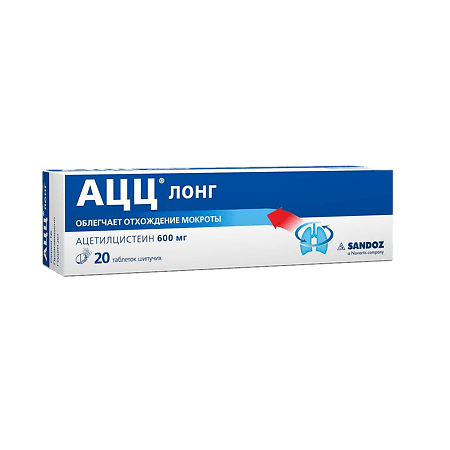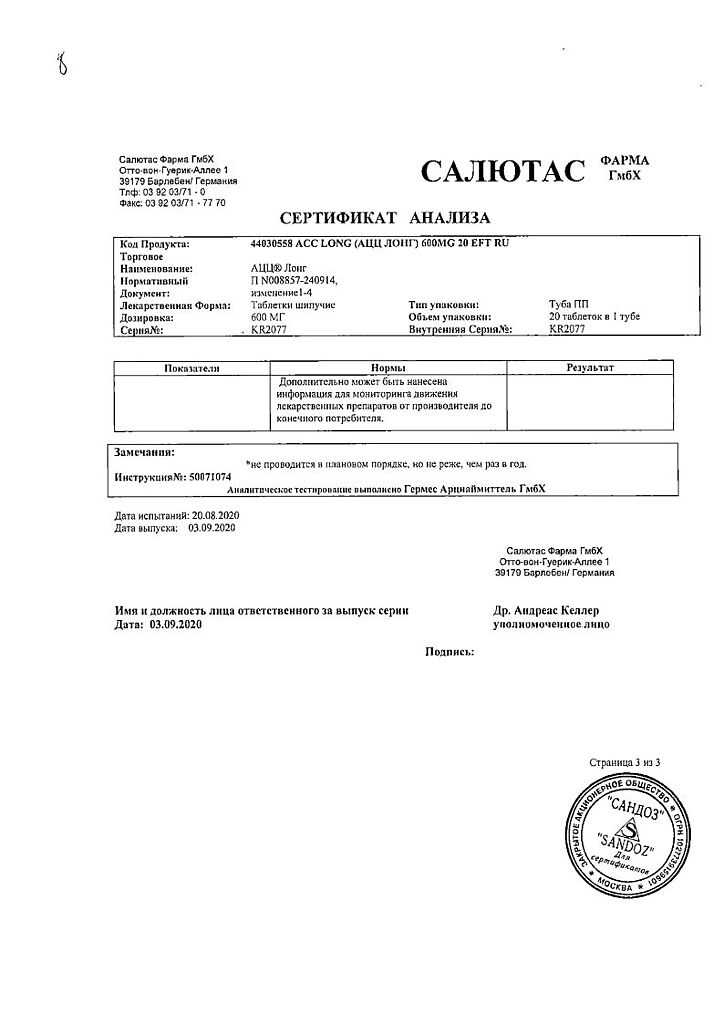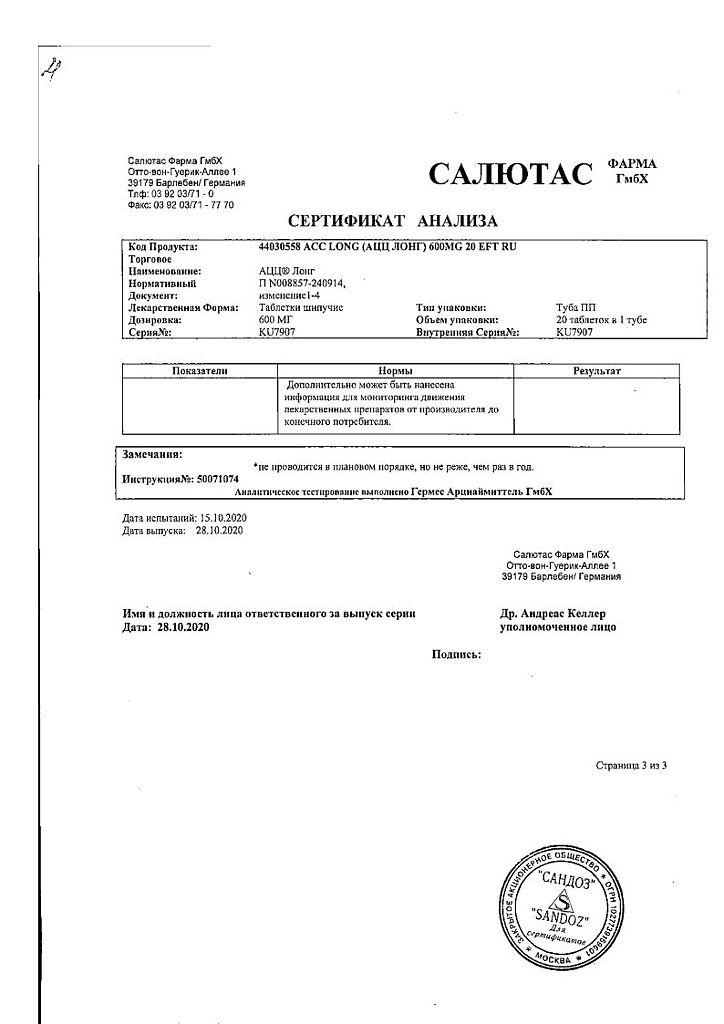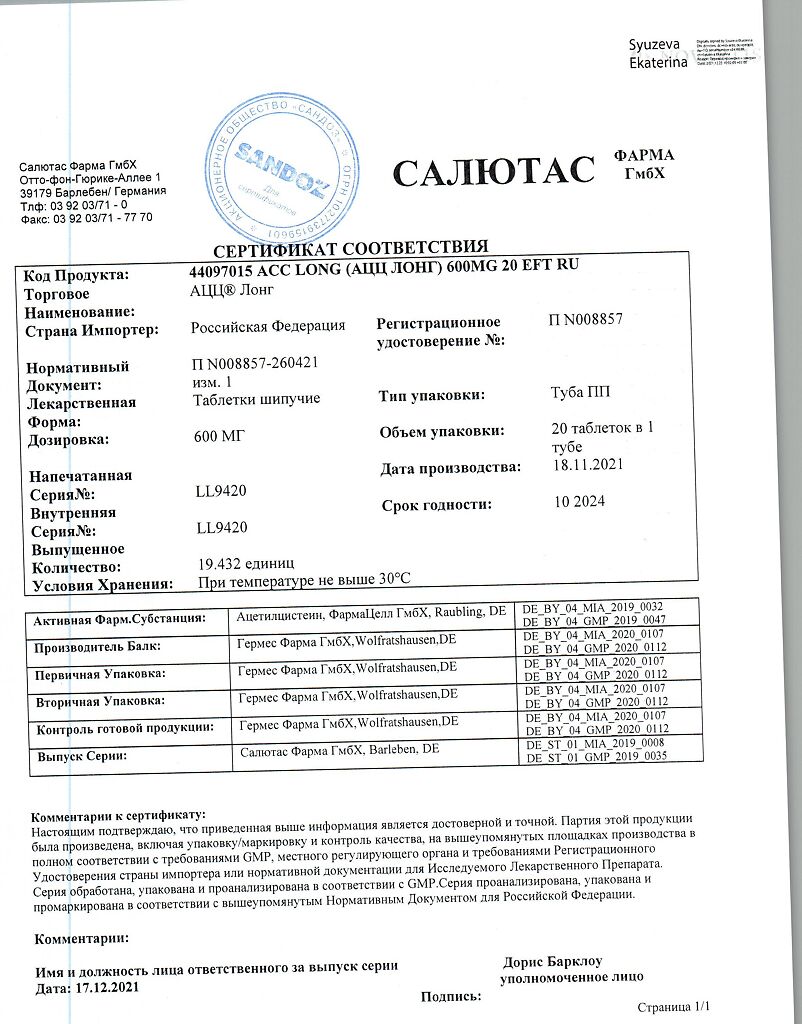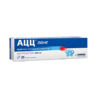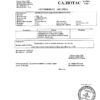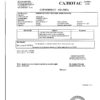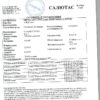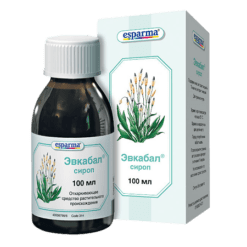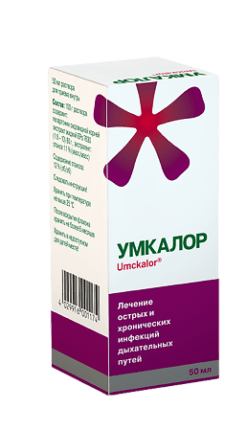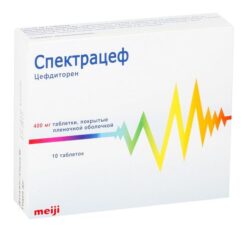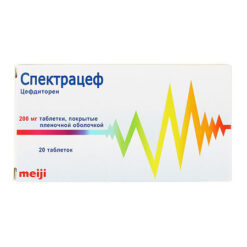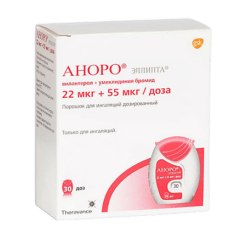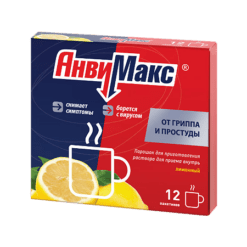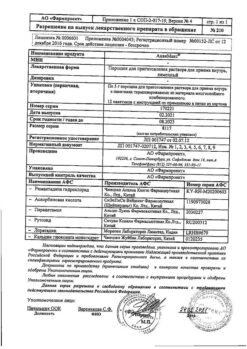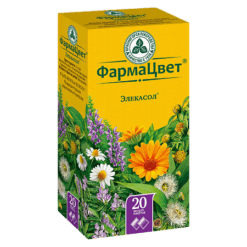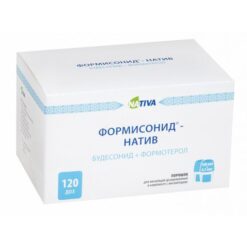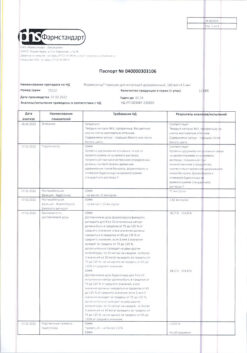No products in the cart.
ACC® Long, 600 mg 20 pcs
€13.03 €11.40
Description
Pharmacodynamics
Acetylcysteine is a derivative of the amino acid cysteine. It has mucolytic action, facilitates expectoration of sputum through a direct effect on the rheological properties of sputum. Its action is due to its ability to break disulfide bonds of mucopolysaccharide chains and cause depolymerization of mucoproteins of sputum, which leads to lower viscosity of sputum. The drug retains activity in the presence of purulent sputum.
It has antioxidant effect, based on the ability of its reactive sulfhydryl groups (SH-groups) to bind with oxidizing radicals and thus neutralize them. In addition, acetylcysteine promotes the synthesis of glutathione, an important component of the antioxidant system and chemical detoxification of the body.
The antioxidant action of acetylcysteine increases cell protection against the damaging effects of free-radical oxidation inherent in the intense inflammatory reaction. With prophylactic use of acetylcysteine decrease of frequency and severity of exacerbations of bacterial etiology in patients with chronic bronchitis and cystic fibrosis is noted.
PHARMACOKINETICS
Absorption is high. It is rapidly metabolized in the liver to form pharmacologically active metabolite – cysteine, as well as diacetylcysteine, cystine and mixed disulfides. Bioavailability when administered orally is 10% (due to the pronounced effect of “first passage” through the liver).
The time of reaching maximum concentration in blood plasma is 1-3 hours. Binding with plasma proteins is 50%. It is excreted by kidneys as inactive metabolites (inorganic sulfates, diacetylcysteine).
Half-life (T1/2) is about 1 hour, liver dysfunction leads to prolongation of T1/2 up to 8 hours. It penetrates through the placental barrier. There are no data on the ability of acetylcysteine to penetrate through the blood-brain barrier and excreted with breast milk.
Indications
Indications
Respiratory diseases accompanied by the formation of viscous, difficult to separate sputum:
• acute and chronic bronchitis, obstructive bronchitis;
• tracheitis, laryngotracheitis;
• pneumonia;
• lung abscess;
• bronchiectasis, bronchial asthma, chronic obstructive pulmonary disease (COPD), bronchiolitis;
• cystic fibrosis;
Acute and chronic sinusitis, inflammation of the middle ear (otitis media).
Pharmacological effect
Pharmacological effect
PHARMACODYNAMICS
Acetylcysteine is a derivative of the amino acid cysteine. It has a mucolytic effect, facilitates the discharge of sputum due to a direct effect on the rheological properties of sputum. The action is due to the ability to break the disulfide bonds of mucopolysaccharide chains and cause depolymerization of sputum mucoproteins, which leads to a decrease in sputum viscosity. The drug remains active in the presence of purulent sputum.
It has an antioxidant effect based on the ability of its reactive sulfhydryl groups (SH groups) to bind to oxidative radicals and thus neutralize them. In addition, acetylcysteine promotes the synthesis of glutathione, an important component of the antioxidant system and chemical detoxification of the body.
The antioxidant effect of acetylcysteine increases the protection of cells from the damaging effects of free radical oxidation, which is characteristic of an intense inflammatory reaction. With the prophylactic use of acetylcysteine, there is a decrease in the frequency and severity of exacerbations of bacterial etiology in patients with chronic bronchitis and cystic fibrosis.
PHARMACOKINETICS
Absorption is high. They are quickly metabolized in the liver to form a pharmacologically active metabolite – cysteine, as well as diacetylcysteine, cystine and mixed disulfides. Bioavailability after oral administration is 10% (due to the presence of a pronounced “first pass” effect through the liver).
The time to reach maximum concentration in blood plasma is 1-3 hours. Communication with blood plasma proteins is 50%. Excreted by the kidneys in the form of inactive metabolites (inorganic sulfates, diacetylcysteine).
The half-life (T1/2) is about 1 hour, impaired liver function leads to an extension of T1/2 to 8 hours. Penetrates the placental barrier. There are no data on the ability of acetylcysteine to penetrate the blood-brain barrier and be excreted in breast milk.
Special instructions
Special instructions
NOTICE FOR PATIENTS WITH DIABETES MELLITUS
1 effervescent tablet corresponds to 0.001 XE.
SPECIAL INSTRUCTIONS
When working with the drug, you must use glass containers and avoid contact with metals, rubber, oxygen, and easily oxidized substances. Severe allergic reactions such as Stevens-Johnson syndrome and Lyell’s syndrome have been very rarely reported with the use of acetylcysteine. If changes occur in the skin and mucous membranes, you should immediately consult a doctor and stop taking the drug.
For patients with bronchial asthma and obstructive bronchitis, acetylcysteine should be prescribed with caution under systemic monitoring of bronchial patency.
You should not take the drug immediately before bedtime (it is recommended to take the drug before 18.00).
INFLUENCE ON THE ABILITY TO DRIVE VEHICLES AND MECHANISMS
There is no data on the negative effect of the drug ACC® Long at recommended doses on the ability to drive vehicles or use machinery.
Active ingredient
Active ingredient
Acetylcysteine
Composition
Composition
1 effervescent tablet contains:
active ingredient:
acetylcysteine 600 mg
excipients:
anhydrous citric acid – 625.00 mg;
sodium bicarbonate – 327.00 mg;
sodium carbonate – 104.00 mg;
mannitol – 72.80 mg;
lactose – 70.00 mg;
ascorbic acid – 75.00 mg;
sodium cyclamate – 30.75 mg;
sodium saccharinate dihydrate – 5.00 mg;
sodium citrate dihydrate – 0.45 mg;
blackberry flavor “B” – 40.00 mg.
Effervescent tablets 600 mg
Primary packaging
6, 10 or 20 effervescent tablets in a polypropylene tube.
Secondary packaging
1 tube in a cardboard box along with instructions for use.
Contraindications
Contraindications
• hypersensitivity to acetylcysteine or other components of the drug;
• peptic ulcer of the stomach and duodenum in the acute stage;
• hemoptysis, pulmonary hemorrhage;
• pregnancy;
• lactation period;
• children under 14 years of age (for this dosage form);
• lactase deficiency, lactose intolerance, glucose-galactose malabsorption.
With caution – a history of gastric and duodenal ulcers, bronchial asthma, obstructive bronchitis, liver and/or renal failure, histamine intolerance (long-term use of the drug should be avoided, since acetylcysteine affects the metabolism of histamine and can lead to signs of intolerance, such as headache, vasomotor rhinitis, itching), varicose veins esophageal veins, adrenal gland diseases, arterial hypertension.
Side Effects
Side Effects
According to the World Health Organization (WHO), adverse effects are classified according to their frequency as follows: very common (≥ 1/10), common (≥ 1/100, < 1/10), uncommon (≥ 1/1000, < 1/100), rare (≥ 1/10000, < 1/1000) and very rare (< 1/10000); frequency unknown (the frequency of events cannot be determined from the available data).
Allergic reactions
uncommon: skin itching, rash, exanthema, urticaria; angioedema, decreased blood pressure, tachycardia;
very rare: anaphylactic reactions up to anaphylactic shock, Stevens-Johnson syndrome, toxic epidermal necrolysis (Lyell’s syndrome).
From the respiratory system
rarely: shortness of breath, bronchospasm (mainly in patients with bronchial hyperreactivity in bronchial asthma).
From the senses
uncommon: tinnitus. From the gastrointestinal tract
uncommon: stomatitis, abdominal pain, nausea, vomiting, diarrhea, dyspepsia.
Other
very rarely: headache, fever, isolated reports of bleeding due to a hypersensitivity reaction, decreased platelet aggregation.
Interaction
Interaction
With the simultaneous use of acetylcysteine and antitussives, sputum stagnation may occur due to suppression of the cough reflex.
When used simultaneously with oral antibiotics (penicillins, tetracyclines, cephalosporins, etc.), they may interact with the thiol group of acetylcysteine, which can lead to a decrease in their antibacterial activity.
Therefore, the interval between taking antibiotics and acetylcysteine should be at least 2 hours (except for cefixime and loracarbef).
Simultaneous use with vasodilating agents and nitroglycerin can lead to increased vasodilatory effects.
Overdose
Overdose
Symptoms: In case of an erroneous or deliberate overdose, phenomena such as diarrhea, vomiting, stomach pain, heartburn and nausea are observed.
Treatment: symptomatic.
Storage conditions
Storage conditions
In a dry place, protected from light, at a temperature not exceeding 30 °C
Shelf life
Shelf life
3 years
Manufacturer
Manufacturer
Hermes Pharma, Germany
Additional information
| Shelf life | 3 years |
|---|---|
| Conditions of storage | In a dry, light-protected place at a temperature not exceeding 30 °C |
| Manufacturer | Hermes Pharma, Germany |
| Medication form | effervescent tablets |
| Brand | Hermes Pharma |
Related products
Buy ACC® Long, 600 mg 20 pcs with delivery to USA, UK, Europe and over 120 other countries.

